Tajika Jothishi is a system of Indian astrology. It predicts events in a person’s life to the date as well as the time. Tajika Jothishi also referred to as the Varshaphala system, is of Arab or Persian origin. There are three major popular systems of Indian astrology, namely; Parashari, Jaimini and Tajika. The word Tajika itself is of Arab or Persian origin which is a strong indicator of its roots and also its evolution. Tajika Neelakanthi is the main text that this system is based on. In 1544 CE it was translated from the Arabic/Persian to Sanskrit. The translator/author of this work was an Indian scholar Neelkantha, son of Shrimad Anant Daivajna.
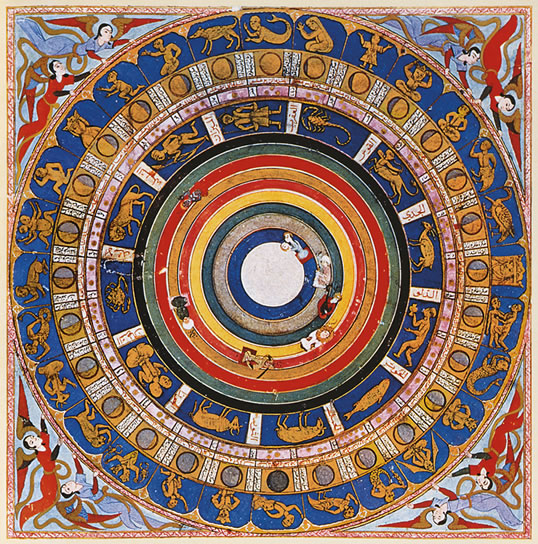
Varshaphala
‘Varsha’ means ‘year’ and ‘phala’ means fruit. So, Varshaphala translates as the fruit of a year. The annual solar return chart calculated for a person is the Varshakundali. It considers the year as the exact time when the sun transits the same longitude it was at the time of the person’s birth which is the solar return. One year is the interval between one solar return and the next. It is the period under consideration for the annual chart. Tajika Jothish gives information on aspects of life called Sahams. There are 52 Sahams in Tajika Jothishi. However, there are no Sahams that refer to house or land.
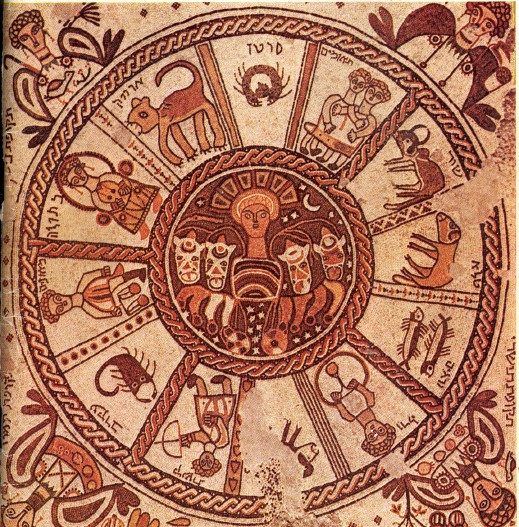
Solar Return
The chart made for the exact moment of solar return (Varshakundali) is studied in detail. The key aspect of the chart is the ruler of the year or Varshesha which is a great indicator of the influences which also foretell the events of the year. This point of solar return may not be the exact birthday of the native. It will usually fall a day or so before or after. Also, the chart for each year is unique to that year. While the birth horoscope tells us the promises and the trajectory of a person’s life, the Varshaphala gives us predictions on a day to day basis of the events in a year. While logically, the Varshaphala cannot predict what the birth chart has not promised it is a very handy supplementary and complementary system to confirm happenings and events.
Differences And Similarities Of Tajika Jothishi And Other Systems
The Tajika astrology system has many similarities and plenty of differences from the system of natal astrology that is commonly practised. While other systems are applied to the entire lifespan, Tajika Jothish is only applied for one year. Tajika Jothishi Varshakundali shows the planet’s placement while it is in transit at the point of the solar return. The basics of the planetary and house significations are also the same. The methods of calculating the natal chart and the Varga charts are also the same. However, the Varga charts though similar are not used the same way. Instead, they are used to read the comparative strengths of the planets to determine the Varshesha or the year lord. Tajika Jothish calculates the speed and also the Deeptamsa which is the degree of influence of a planet.
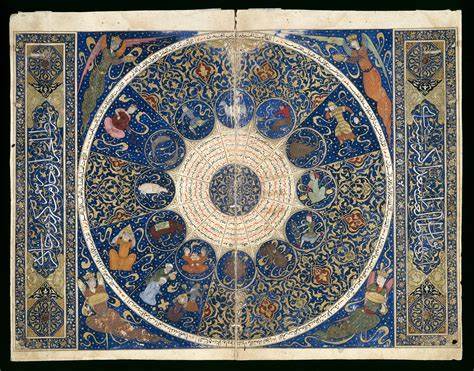
The aspects in Tajika Jothish are also different from the Parashari system. The planet gender attributions are also different in the Tajika system. Tajika Jothish has 16 unique yogas named in Persian/Arabic. They are different from the yoga in the other two systems of astrology. A tri-Pataki map shows the charting of the planets from their birth chart locations to the locations in the Varshakundali. A sensitive point called Muntha is also calculated. It is usually auspicious in the annual chart. This Muntha has a fixed progression and travels through the entire zodiac once in 12 years. The Dasha systems that can be applied to the Varshakundali are many but two Dasha systems are totally unique to Tajika Jothishi.
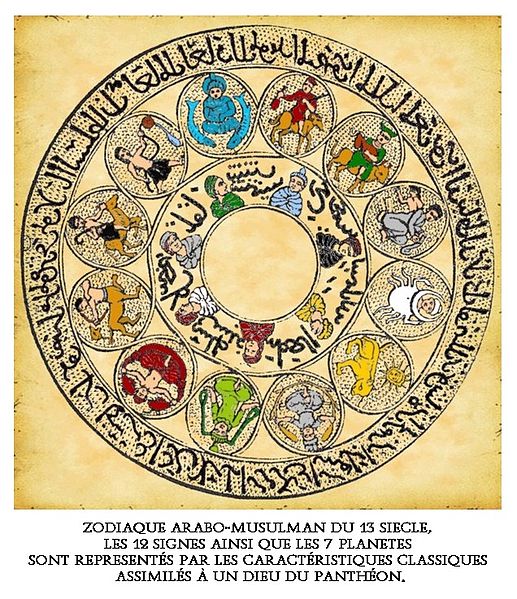
Tajika Jothishi Yogas
- Itthasala “enclosing” Yoga (aka Muthasila)
- Isharapha “seperating” Yoga (aka Musaripha)
- Kambula
- Nakta
- Yamaya
- Manahoo
- Dutthotthadi
- Tambeera
- Suunya Marga “empty path”
- Khallasara
- Moon in Suunya Marga.
- Gairi Kabula
- Kutha
- Ikkavala “good fortune” Yoga
- Induvara “restraining Soma” Yoga
- Durapha
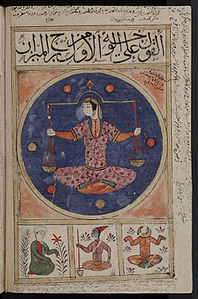
Tajika Jothishi Avasthas
- Deepta or ‘Radiant’ – A Graha in Exaltation
- Deena or ‘Deficient’ – A Graha in Debilitation.
- Svastha or ‘Confident’ – A Graha in Own Rasi.
- Mudita or ‘Delighted’ – A Graha in a Friend’s Rasi.
- Supta or ‘Lying Down’ – A Graha in the Enemy’s Rasi.
- Suvirya or ‘Vigorous’ – A Graha next to enter Exaltation Rasi.
- Pariheena or ‘Deprived’ – A Graha next to enter Debilitation.
Mushita or ‘Plundered’ – A Graha setting behind the Sun.Nipeedita or ‘Oppressed’ – A Graha overcome in Planetary War.- Adhivirya or ‘First in Vigour’ – In Benefic Vargas (D1-D12)













